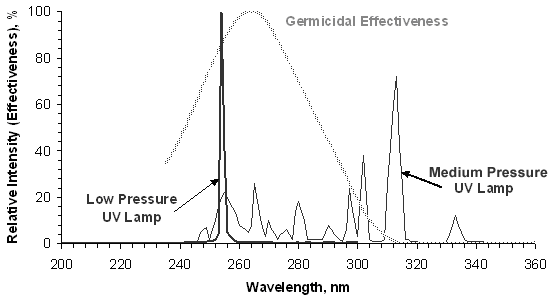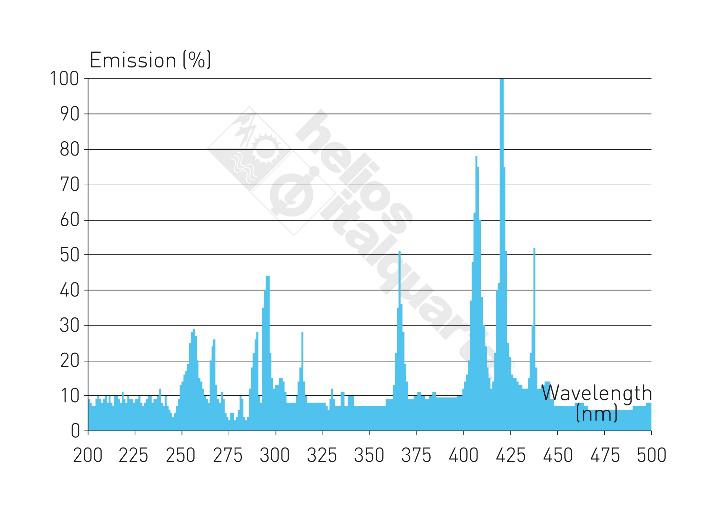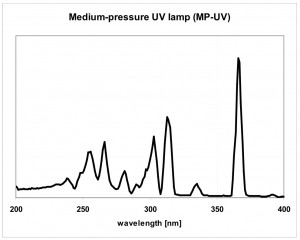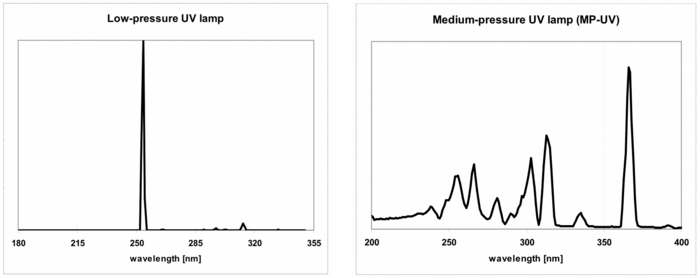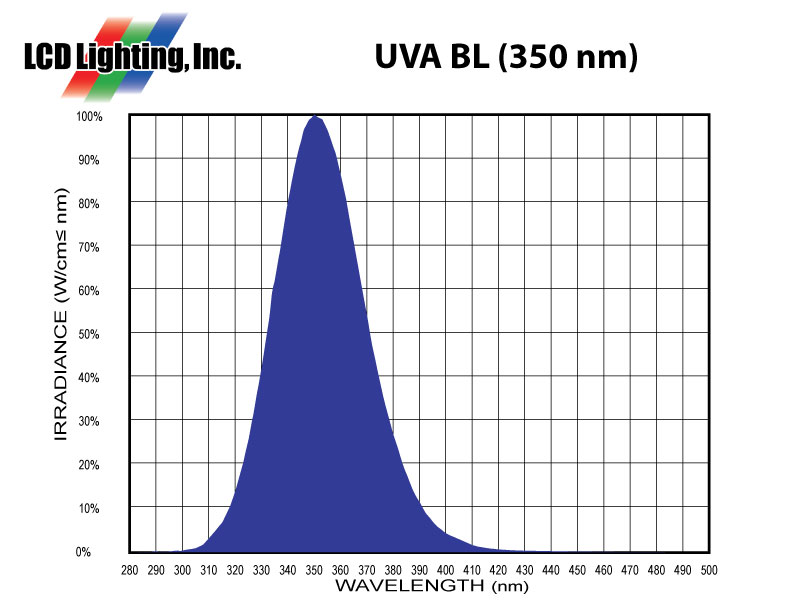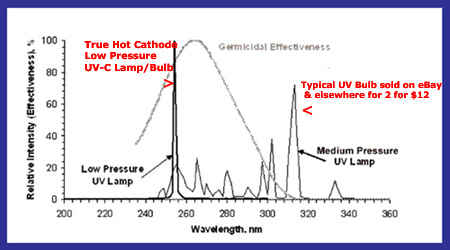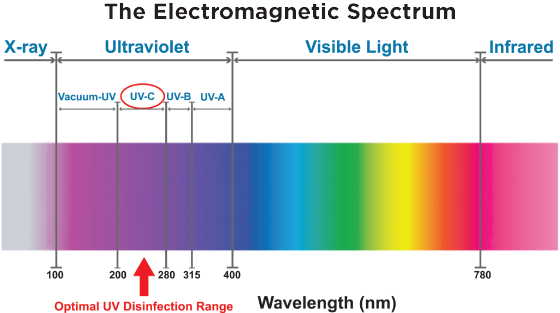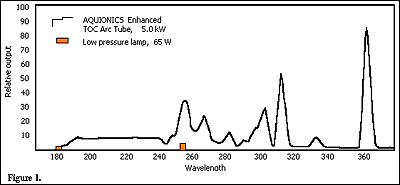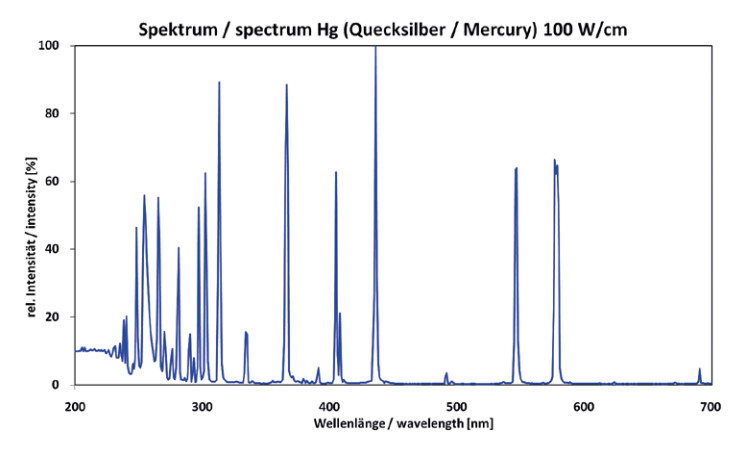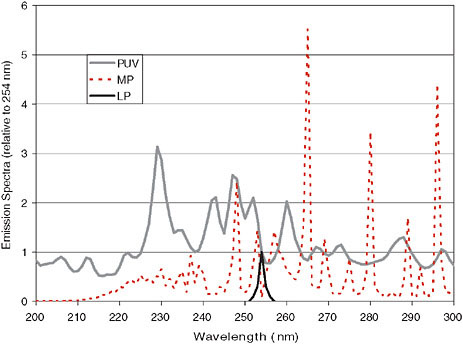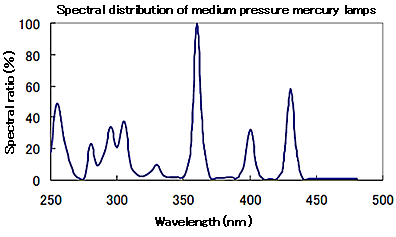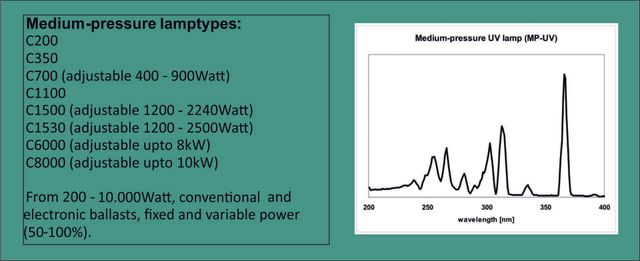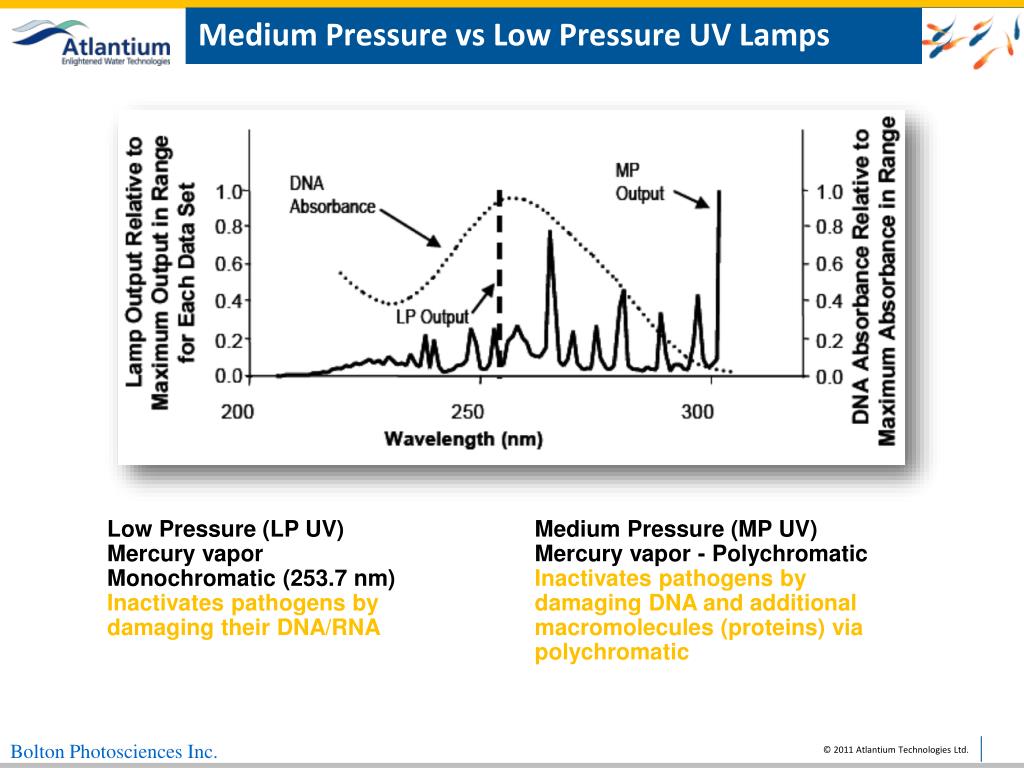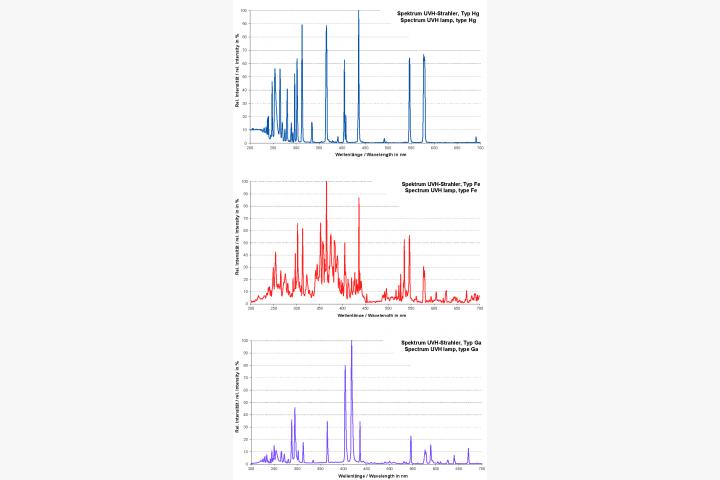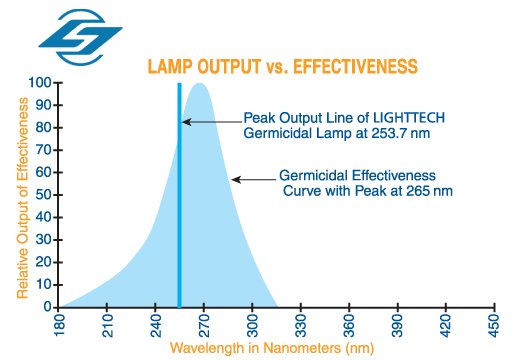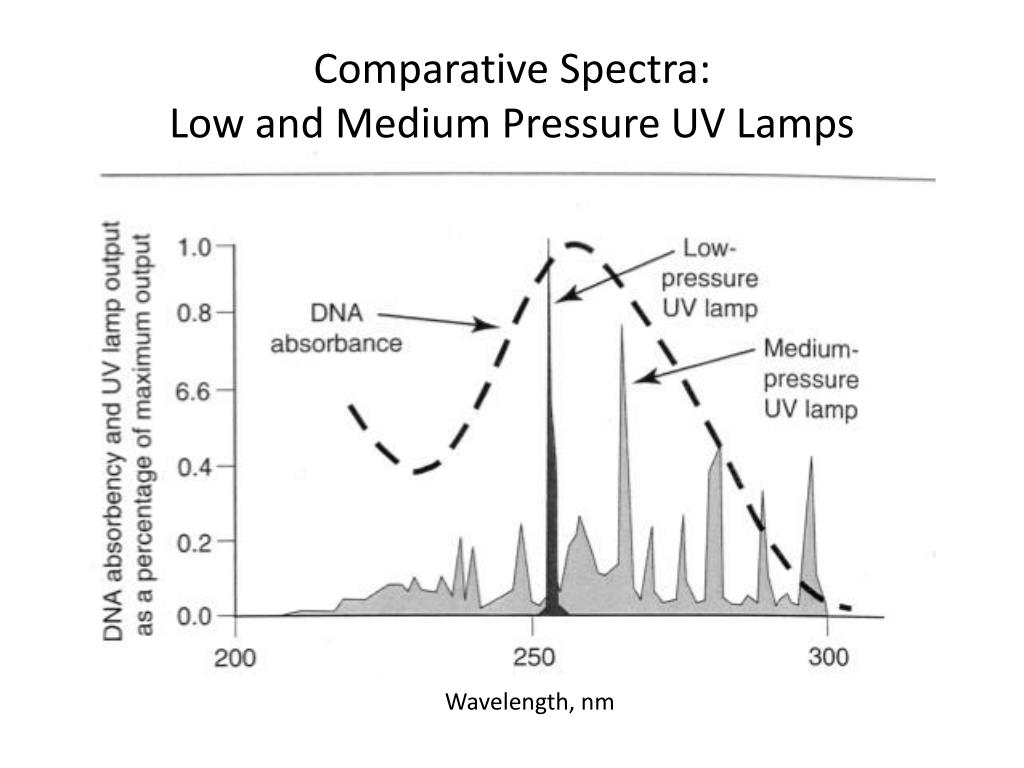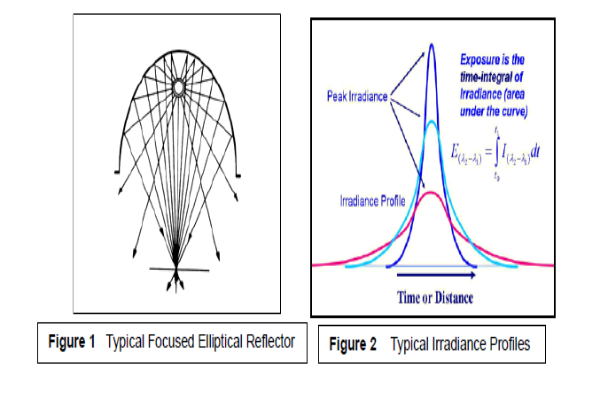Medium Pressure Uv Lamp Wavelength

It is either housed in a quartz glass sleeve inside the water chamber or mounted externally to the water which flows through the transparent uv tube.
Medium pressure uv lamp wavelength. An increase in the current supplied would cause the uv lamp to rapidly heat up thus increasing the mercury pressure to produce the typical medium pressure spectral output shown in diagram 2. The uv lamps for water treatment consist of specialized low pressure mercury vapor lamps that produce ultraviolet radiation at 254 nm or medium pressure uv lamps that produce a polychromatic output from 200 nm to visible and infrared energy. Roughly 35 of the electrical energy imparted into the lamp becomes uv c energy of the 254nm wavelength. Medium pressure uv lamps have a multispectrum wavelength for this reason smp unit has the ability to break chemical bonds and have a good reduction of unwanted chemicals in water.
Medium pressure mercury arc ushio produces standard and custom uv emitters. The medium pressure lamp emits its radiant energy between 250 and 350 with many energy spikes in between most notably around 320 which is more in the uvb range with a uvc efficiency around 7 15. In such a spectrum there are separate discrete points of increased intensity so called spectral. In medium pressure mercury vapor lamps the lines from 200 600 nm are present.
Quartz germicidal uvc lamps can produce both 254nm wavelength killing wave and 185nm wavelength ozone. The uv lamp never contacts the water. The emission peak of the mercury electron transition within these low pressure hot cathode uv lamps is fixed in both energy and wavelength. The low pressure uv lamp is only capable of producing lines at 185nm and 254 nm.
Operating at higher temperatures and pressures allow for an increased power density of roughly 1 5 4x of a lower pressure lamp per unit of arc length. Unlike most other uv sources the medium pressure lamp mpl has a polychromatic spectral distribution from 190 nm up to the infrared spectrum. Fused silica is used in the manufacturing to keep the 184 nm light from being absorbed. This photolysis process has a lot of application in pools reduction of combined chlorine and process water de chlorination de ozonation toc reduction.
The distribution of energy over the wavelength ranges is depicted on the left. Uvc maintenance over the life of the lamp is much higher over the life of the lamps.


